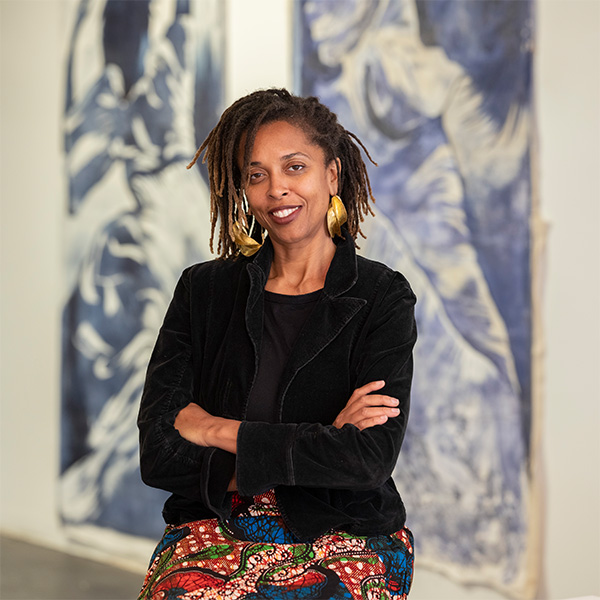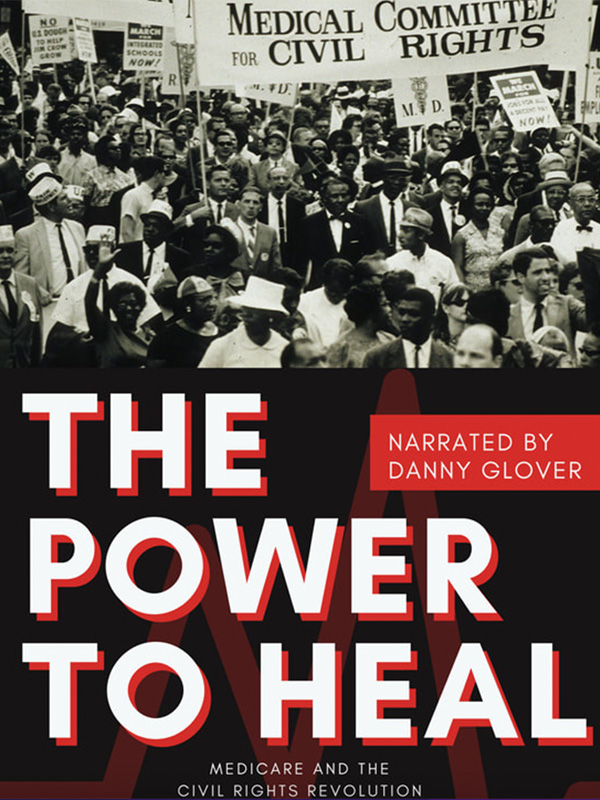In the late 1850s, the largest recorded slave sale on U.S. soil took place in Savannah, Georgia. Approximately 436 people were sold as a result of the dissolution of two plantations, with families separated from each other for years. This period of separation was called the weeping time, and the connective tissue that kept enslaved Africans close to their culture was music and storytelling.
When President Abraham Lincoln issued the Emancipation Proclamation on Jan. 1, 1863, all enslaved people were supposed to be set free. However, for enslaved African Americans in Galveston, Texas, word did not get to them until June 19, 1865. The date became known as Emancipation Day, Freedom Day or Juneteenth.
“One of the most horrific things that occurred in slavery is that enslaved people were forced — at times — to celebrate July 4 under the threat of violence,” says Walter Rucker, professor of African American studies and history.
“What Juneteenth meant for them is that the American paradox of slavery in the so-called ‘land of liberty’ had ended. The rhetoric of freedom had been in the air since 1776, but they never recognized it in their personal lives. When slavery as a construct ended, it meant unfettered joy and the formerly enslaved would be owners of their own lives, bodies and labor.”
Emory University will recognize Juneteenth as an official holiday beginning this year. Juneteenth will be observed on Monday, June 20. A handful of campus events lead up to the holiday.
On Juneteenth, formerly enslaved Black people focused on reuniting with family members who were sold away during the weeping time and reconnecting to cultural traditions such as drumming and dancing. One of those traditions they kept alive during slavery was the ring shout, a praise ritual where people stood in a circle and danced and sang. In the U.S., enslaved Africans performed this ritual in small shacks called praise houses where they had church.
An Atlanta artist tells a creation story at the Carlos
Charmaine Minniefield traveled to Gambia, West Africa, in early 2020 and found evidence of the ring shout in her great-grandmother's homeland. She also recorded footage of the ring shout in cultures across the Americas in places Black people were enslaved.

The Michael C. Carlos Museum will host a gallery talk with artist Charmaine Minniefield in conjunction with Juneteenth.
Jerry Siegel
The Carlos Museum hosts a Juneteenth celebration with Minniefield on Saturday, June 18, at 5 p.m. Attendees will meet for a gallery talk at the Carlos and then travel to the water tower on Auburn Avenue to see Minniefield’s “Cosmic Cypher, Prayer Circle” mural as well as to her nearby studio where they will see more of her paintings. The event is open to the public but currently has a waitlist.
“We are interested in how contemporary artists are in conversation with the past, and Charmaine’s work with indigo is reflective of that,” says Elizabeth Horner, senior director of education at the Carlos.
Minniefield says she sees her work both as a way to connect to her ancestors and as an act of resistance to the erasure of Black culture, similar to the ring shout.
“Juneteenth is an opportunity to honor the legacy of our ancestors,” says Minniefield. “To respect and remember their stories of our past as an example for what is possible for our future. Juneteenth is about acknowledging, with respect, the history of slavery in this country as it informs our present and future.”
In addition to “Indigo Prayers,” when she returned to the States, Minniefield created the Praise House Project. The small white house resembled an actual praise house and inside she projected videos of ring shouts across the world. The immersive piece is coming to Emory in fall 2023.
The School of Medicine’s “Power to Heal”

“The reason we want to focus on history is that history is not that long ago. I was alive when Martin Luther King, Jr. was assassinated,” says Dr. Sheryl Heron, who is chief diversity and inclusion officer in the School of Medicine (SOM) and professor and vice-chair of faculty equity, engagement, and empowerment in the Department of Emergency Medicine. “When we look at maternal mortality, COVID-19 or other areas of health inequity, it's all related to race and racism. While we are celebrating, we still have inequities. We must talk about how we got here and more importantly where we need to go.”
Attendees should register and watch the movie prior to the panel discussion. Heron is hosting the discussion, which will be moderated by Nate Spell, associate dean for education and professional development at the School of Medicine, and Nancy DeSousa, assistant director of the Office of Multicultural Affairs, Learner Diversity Programs for Graduate Medical Education for the School of Medicine. Both are members of the School of Medicine’s history subcommittee of the Actionable Education Initiative within the SOM’s DEI strategic plan.
The panelists include Nanette Wenger, a cardiologist at Grady Hospital who is featured in the film; Joanne McGriff, chief diversity officer in the Rollins School of Public Health; Yolanda Wimberly, chief health equity officer for Grady Health System; Ildemaro Gonzalez, chief diversity, equity and inclusion officer at Emory Healthcare; Rep. Jasmine Clark from the Georgia House of Representatives, District 108; and Jasmin Eatman, an Emory MD/PhD student.
“A lot of times when we’re having these conversations and producing these programs, it’s a lot of preaching to the choir,” says Natalie Fields, director of the OEI office at the School of Medicine.
“We want to also reach those who do not typically engage in this work. The call to action is to promote a deeper understanding and increased mindfulness about the health care system we’re operating within and how it’s everyone’s responsibility to make it better.”
Juneteenth events at Emory
Thursday, June 16, Noon-1:30 p.m.
Emory School of Medicine
Discussion of the “The Power to Heal”
Thursday, June 16, 4:30-6:30 p.m.
The Hatchery
Emory Black Employee Network Mixer
Saturday, June 18, 5 p.m.
Michael C. Carlos Museum Works on Paper Gallery
Artist talk with Charmaine Minniefield
Sunday, June 19, Noon-5 p.m.
